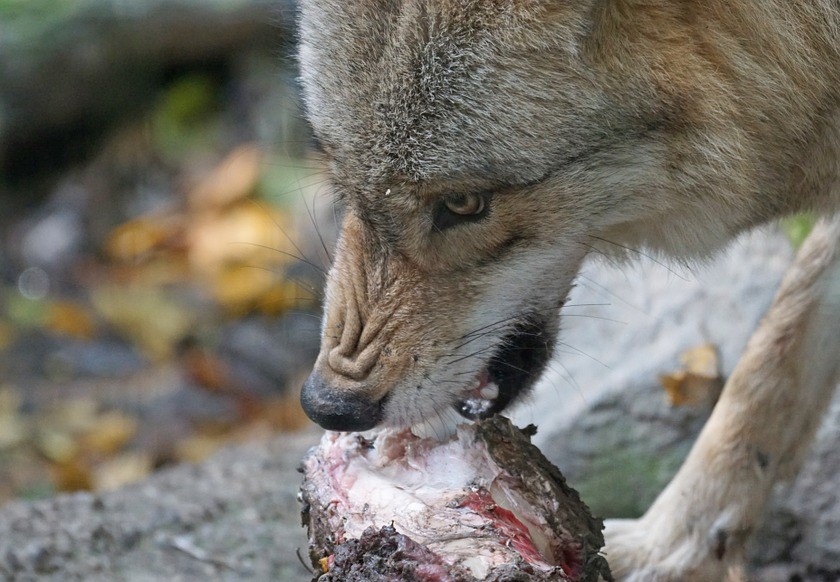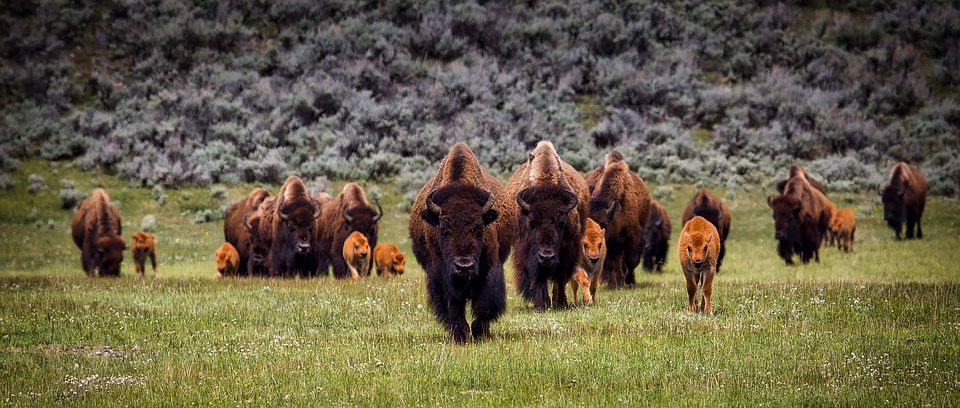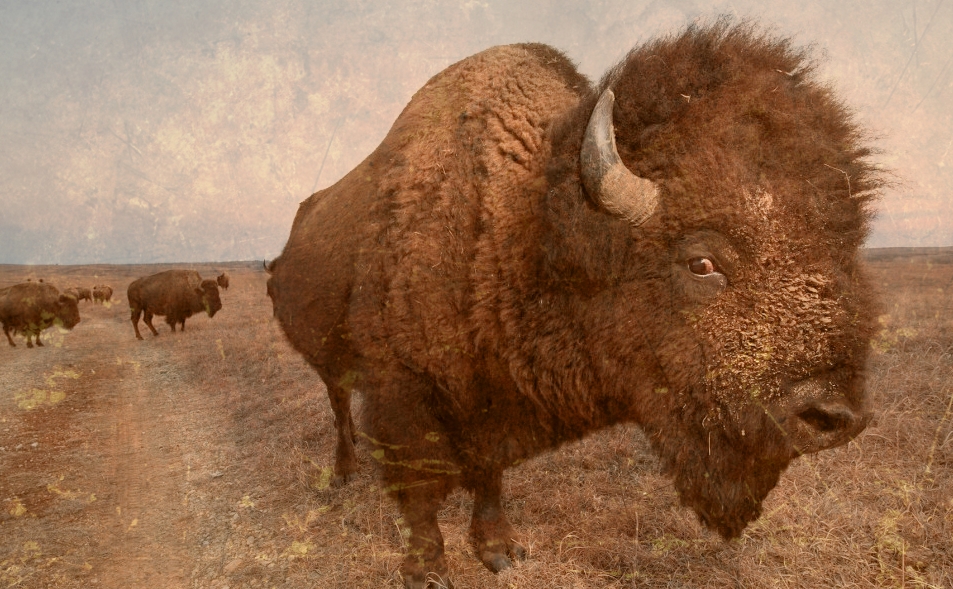Some of the North American cases are well-known, such as the tragic deaths of Kenton Carnegie near a remote mining camp in Saskatchewan in 2005, and teacher Candice Berner while jogging in southern Alaska five years later.
Posted by Rangewriting.com
Wolf Attacks on Humans: 489 human victims in last 18 years
New report reveals most attacks were by rabid animals, but 67 were predatory attacks.
For years wolf advocates discounted concerns that wolves pose any threat to human safety, repeating the falsehood that wolves didn’t attack humans. A new report calls that claim an “overly optimistic view” that did not agree with the historic or present-day reality.
John Linnell and colleagues at the Norwegian Institute for Nature Research have released “Wolf attacks on humans: an update for 2002-2020.” Linnell was the primary author of a similar report published in 2002, and his new report updates the record of credible wolf attacks (both fatal and non-fatal) from 2002-2020 from around the globe.
“We identified relatively reliable cases involving 489 human victims. Of these 67 were victims of predatory attacks (9 fatal), 380 were victims of rabid attacks (14 fatal), and 42 were victims of provoked / defensive attacks (3 fatal). Attacks were found in Canada, USA, Croatia, Poland, Italy, Iran, Iraq, Israel, India, Kirgizstan, Turkey, Kazakhstan, Ukraine, Belarus, Moldova, Russia, Mongolia, Armenia, Azerbaijan, Tajikistan and Saudi Arabia.”
Some of the North American cases are well-known, such as the tragic deaths of Kenton Carnegie near a remote mining camp in Saskatchewan in 2005, and teacher Candice Berner while jogging in southern Alaska five years later.
Several of the non-fatal cases made headlines in the United States when they happened, but the report also offers a glimpse into previously unpublished reports of habituated wolf behavior in Yellowstone National Park. According to the report, since wolves were reintroduced into Yellowstone in the mid-1990s, “a total of 55 wolves have displayed behaviors that park authorities refer to as ‘habituated.’” Only 17 of these 55 wolves displayed this behavior once – 38 others were subject to hazing, or aversive conditioning after repeated problem behaviors (such as approaching people or not moving away when approached by humans).
While aversive conditioning was successful at changing the behavior of most of these wolves, the National Park Service killed two of the animals. “Both appeared to have become food habituated, associating humans with food, with one wolf ripping open some hikers’ backpack to acquire food and another chasing a bicycle,” according to the report, which also noted that most of the habituated Yellowstone wolves were yearlings, “a life-cycle stage when individuals are most prone to learning new habits.



